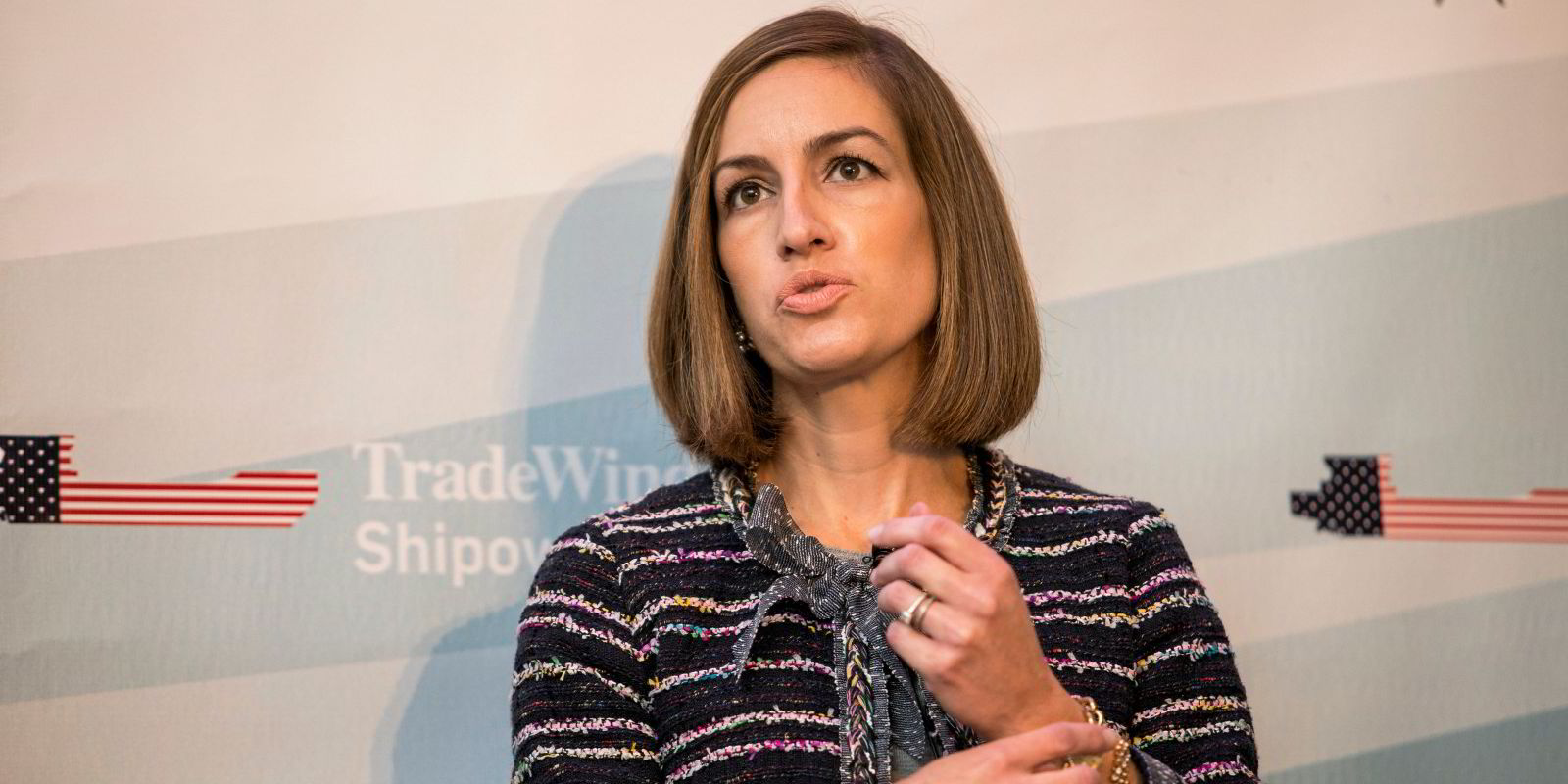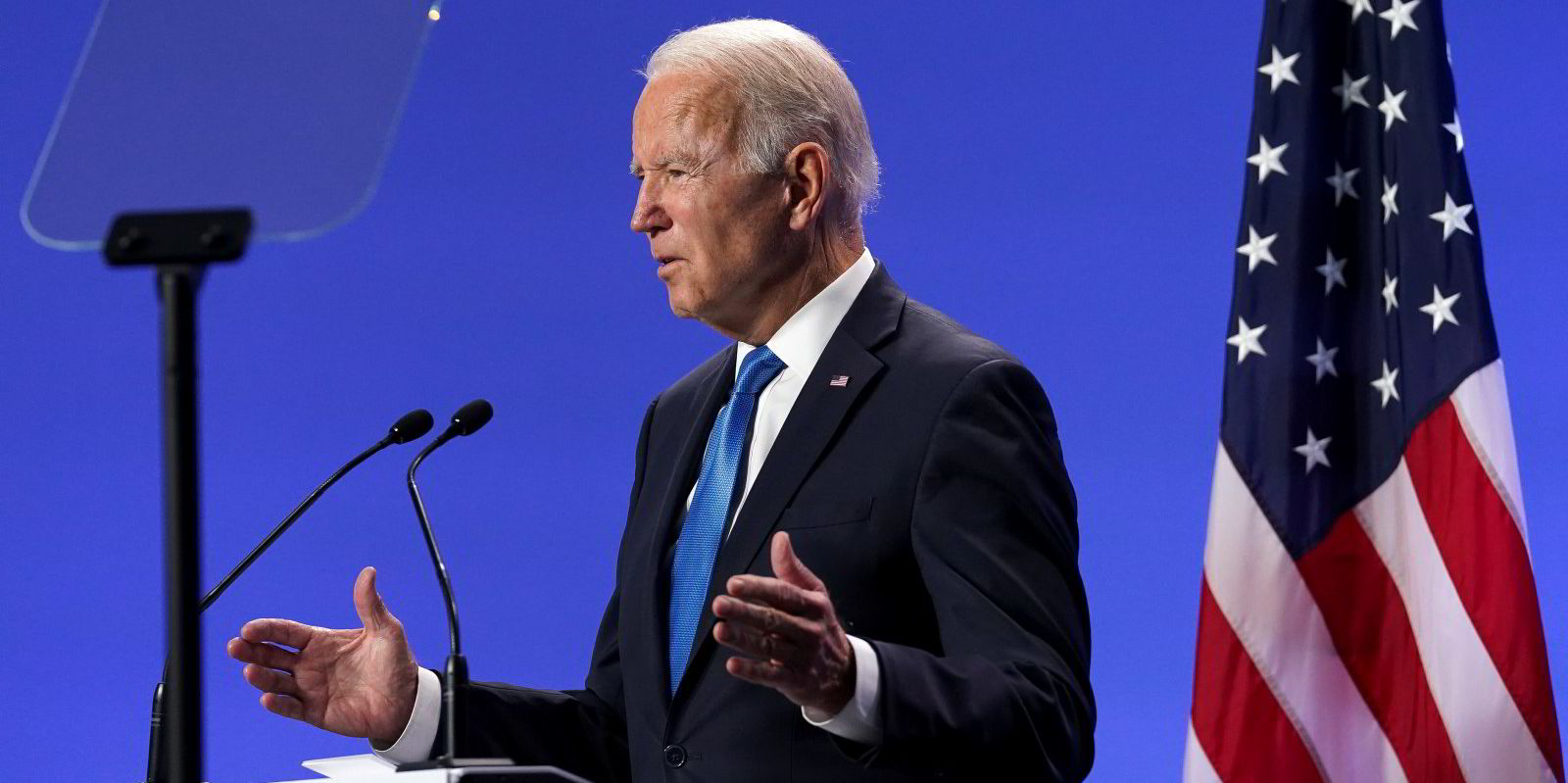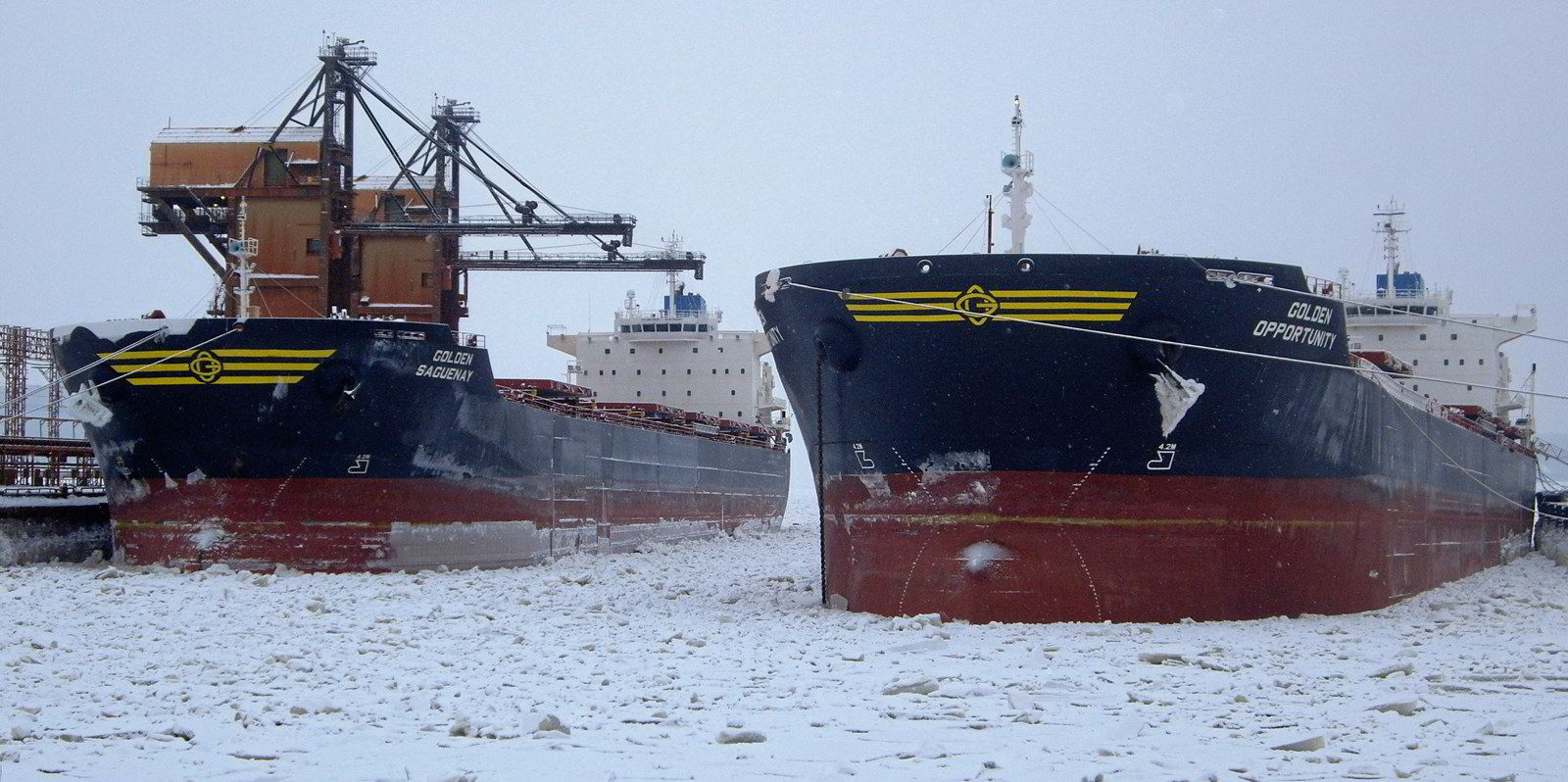In this week's newsletter, we explore the opportunities and challenges ahead for the offshore wind sector emerging in the waters off the US. Receive this newsletter in your inbox every week by signing up at tinyurl.com/greenseas.
_______________________________
Even before the COP26 climate conference started in Glasgow, the waters off US shores emerged as a key pillar of President Joe Biden's strategy to put America back on track with the goals of the Paris Agreement.
The goal, launched in March, is to roll out 30 gigawatts of offshore wind by 2030, and with the work started on the first major wind farm in the Atlantic and growing support from individual US states, momentum is building, as renewables publication Recharge reported.

It is an attractive opportunity not just for would-be developers of those projects, but also for US shipowners and international maritime players.
But there is much to do. Washington, state governments and businesses will have to overcome many obstacles to reach the ambitious target.
Permit hurdles
A sluggish federal permitting process has pushed many offshore projects back from their original timelines before the Biden administration started working to break open the logjam.
Rystad Energy renewables analyst Alexander Flotre told the TradeWinds Jones Act Offshore Wind Vessel Forum that the projects timelines now put a focus on the second half of this decade to meet Biden's goal.
The construction and operation of US offshore wind farms will require a fleet of vessels. Many of these will have to be built in domestic shipyards because of the Jones Act, but there have only been firm orders for one wind turbine installation vessel and one service operation vessel.

Shipbuilders are looking positively at this future demand, as a way to help balance a heavily cyclical market for commercial vessel newbuildings.
Whether the yards can deliver on the wind projects' need for vessels remains a subject of debate, and shipping stakeholders have told TradeWinds that they need multi-year commitments from project developers before they will be ready to sign contracts for new orders.
Washington aid?
Some maritime sector experts have pointed to the need for government support, like a version of the Title XI loan guarantee programme for Jones Act shipping that is streamlined, renewables-focused and, of course, has more money in the kitty.
Still complicating the matter is a host of questions that remain unanswered by US Customs & Border Protection about the details of the application of the Jones Act to ships serving wind farm construction and operation, as Winston & Strawn lawyer Charlie Papavizas explained.
Add to that a dearth of port facilities to serve the wind farm projects. Emily Huggins Jones, a maritime lawyer at Squire Patton Boggs, pointed to growing momentum to meet those needs. "The ports that have the best ability to be repurposed are the front runners," she said.
And then there is still more work to be done in other parts of the supply chain to feed offshore wind development.
Tackling all these challenges will take more than intervention from Washington.
As Yu Huang, regional vice president Americas, for engineering consultancy Genesis, put it in the Recharge Global Offshore Wind Forum, it will require collaboration up and down the supply chain.




